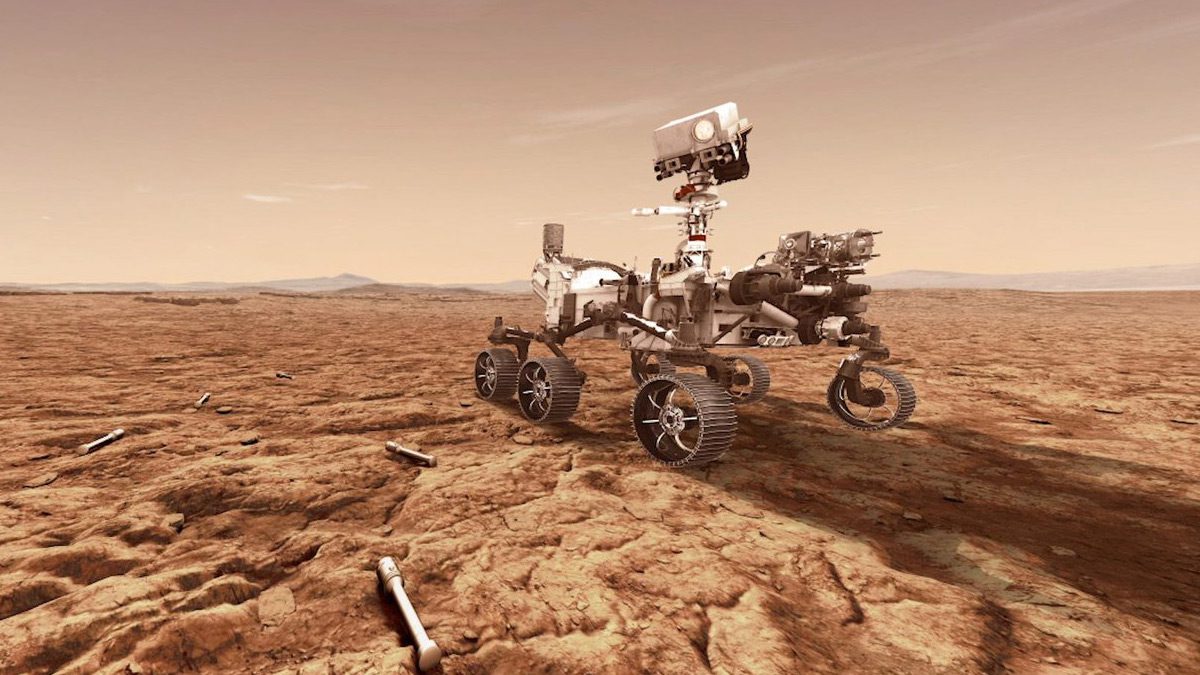
NASA recently released a concept video sharing the landing mechanics of the Perseverance rover on Mars. The landing is scheduled to take place next month.
Upon arrival, the rover’s landing procedure will kick in, and the probe will gradually make its way towards the surface of Mars. The landing on Mars will initiate a new era of scientific research on space.
The demonstration video uses CGI to demonstrate the entire process step by step; furthermore, the video also includes the entire process of gradually releasing into Mars after reaching Mars.
NASA had launched a landing sequence video at the end of December last year, and the latest video appears to be more upgraded and defined. The latest demonstration video includes some realistic film effects and dramatic music to give the entire process an edge and to make it more appealing.
Moreover, the video also reduces uncomfortable movements, making the entire video look more like a video game.
NASA’s Mars 2020 Perseverance rover mission is getting nearer its completion. The mission is only 22 days from landing on the surface of Mars.
The spacecraft has about 25.6 million miles (41.2 million kilometers) remaining in its 292.5-million-mile (470.8-million-kilometer) journey and is currently closing that distance at 1.6 miles per second (2.5 kilometers per second).
Once it reaches the top of Mars’ atmosphere, the seven minutes of descent onto the Mars surface will initiate, completed with temperatures equivalent to the Sun’s surface, supersonic parachute inflation, and the first-ever autonomous guided landing on Mars.
“NASA has been exploring Mars since Mariner 4 performed a flyby in July of 1965, with two more flybys, seven successful orbiters, and eight landers since then,” said Thomas Zurbuchen, associate administrator for NASA’s Science Mission Directorate.
He further adds, “Perseverance, which was built from the collective knowledge gleaned from such trailblazers, has the opportunity to not only expand our knowledge of the Red Planet but to investigate one of the most important and exciting questions of humanity about the origin of life both on Earth and also on other planets.”
Via TechGenyz https://www.techgenyz.com
ConversionConversion EmoticonEmoticon